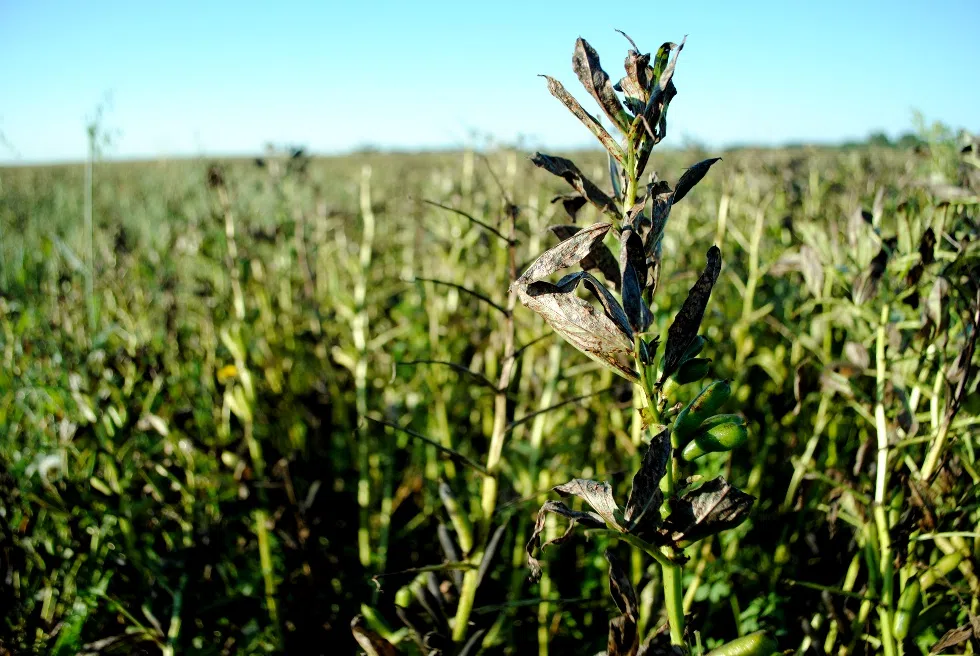
Farmers in Sask. try a new crop: faba beans
Faba beans may be something you’ve never heard of but they seem to be taking the agriculture world by storm.
According to Agriculture Saskatchewan, the faba bean is an ancient small-seeded relative of the Chinese broadbean. The crop is commonly grown in the Mediterranean region where it’s common place at the dinner table.
Lately, grain producers in both Saskatchewan and Alberta have been trying it out.
Derryl Wawro, who farms east of Prince Albert, is amidst his third year growing faba beans. He said it’s been a great addition to his rotation.


